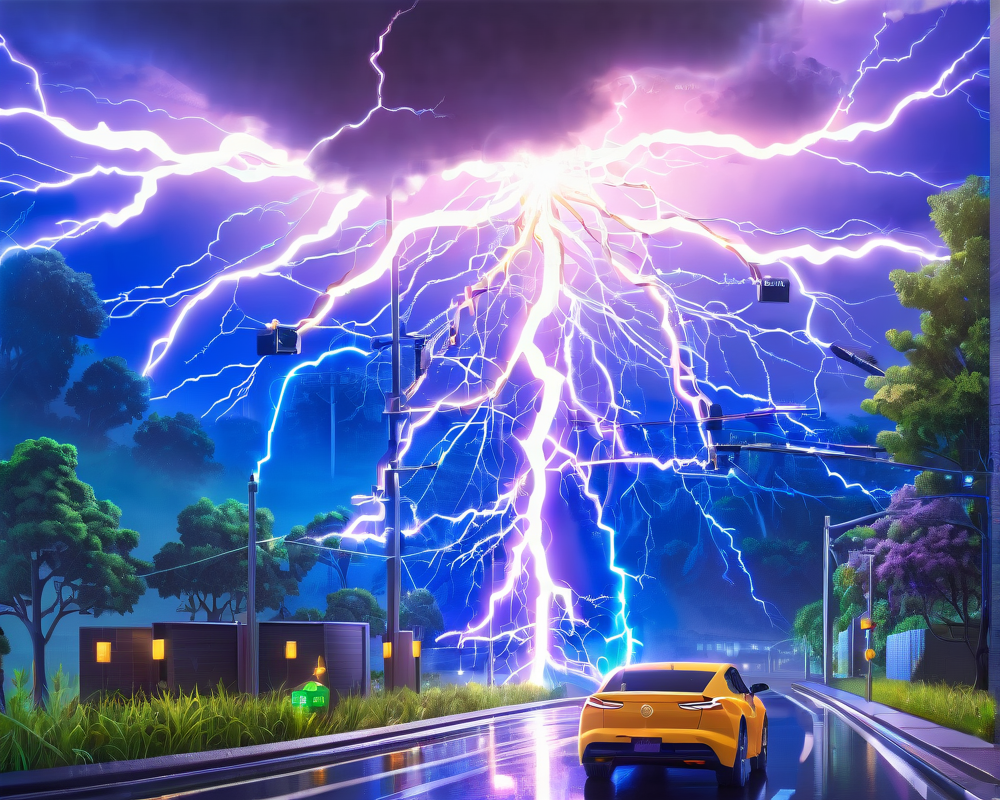Gavin Andresen’s Predictions
In a series of eye-catching tweets, Bitcoin developer Gavin Andresen shared his views on the future of the Lightning Network. He predicts that as the Lightning Network develops, it will trend towards being “highly centralized.” Essentially, he sees large hubs at wallets and exchanges dominating the landscape. His candid remarks have stirred the pot, igniting discussions across the Bitcoin community.
What Does Centralization Mean?
Centralization in the context of the Lightning Network implies that a few key players will hold significant power and influence over the network. Why might this occur? Here are a few possibilities:
- Hub Effect: Major exchanges and wallets that provide Lightning services may become overly dominant.
- User Convenience: Users might flock to these large hubs for ease of transactions, creating an ecosystem where they seldom venture outside these hubs.
- Resource Allocation: Larger entities may have the financial resources to manage nodes efficiently, consolidating their influence.
Andresen’s Perspective
Andresen made it clear that he is “OK” with this prognosis, which is notably a different view compared to the general optimism that the Lightning Network would lead to a more decentralized ecosystem. This raises a question: could centralization actually bring benefits? Some advocates argue that large hubs could streamline transactions and facilitate smoother user experiences.
Community Reactions
Following Andresen’s statements, Charlie Lee, the creator of Litecoin, expressed his support. This dialogue showcases the diverse opinions within the cryptosphere regarding how the Lightning Network will evolve. While some support the potential for efficiencies, others worry about the implications of centralization.
The Bigger Picture: The Role of SegWit
One crucial aspect of the Lightning Network’s functionality hinges on Segregated Witness (SegWit). Activated on August 9, SegWit allows transactions to be processed more efficiently, which is essential for layer-two solutions like the Lightning Network. As the network matures, it will be interesting to observe if SegWit fulfills its promise and helps decentralize the Lightning Network effectively.
Conclusion
As we forge ahead in this rapidly evolving digital landscape, Andresen’s predictions highlight the need for ongoing discussions about the structure and governance of blockchain technologies. Will we embrace a future dominated by a few large players, or will innovative strategies emerge to promote decentralization? The excitement—and uncertainty—is part of the beauty of cryptocurrency!




